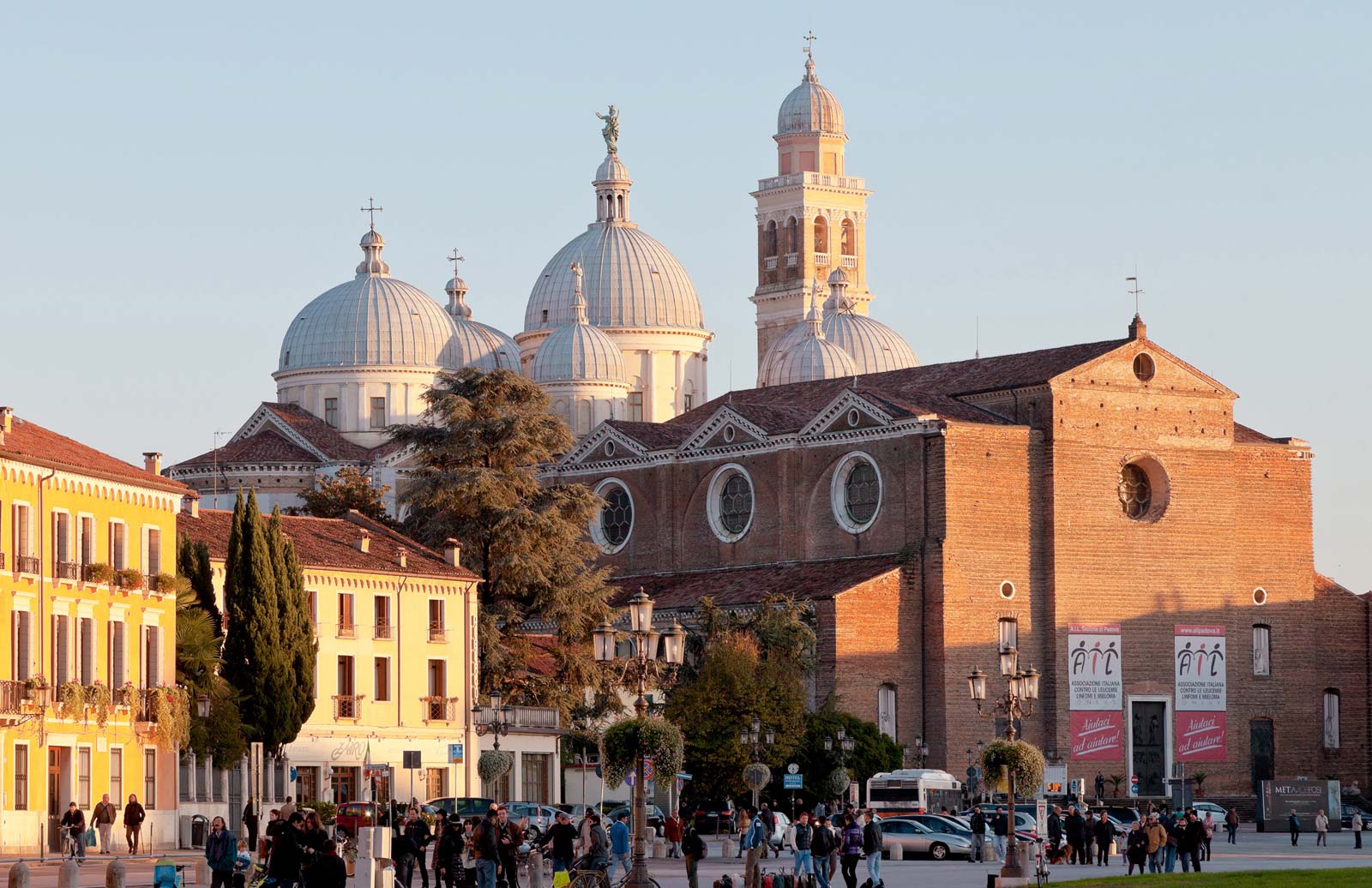Pietro Teatini
Team Leader_ Università di Padova UNIPD


The University of Padova (UNIPD) was established in 1222. Throughout the centuries many professors - scientists, jurists and literati - made Padova University a centre which irradiates culture all over Europe. The Department of Civil, Environmental and Architectural Engineering (DICEA) covers various disciplinary sectors, such as Hydraulics, Hydraulic and Maritime Constructions and Hydrology, Environmental Engineering, Transportation, Topography and Cartography, Geotechnics, and Construction Science.
The Department is one of the leading institutions in Italy for research in the fields of civil, construction and environmental engineering, with particular focus also on interdisciplinary aspects and the applications of these disciplines, sometimes in fields which differ from the classic ones.
The shared aims of those working in the new structure concern the following strategic fields: the territory, knowledge of computer science, and technological innovation. The research group on "Environmental Geomechanics" at DICEA has a multi-decadal experience in modelling land subsidence and geomechanical issues relate to fluid withdrawal and injection from/into the subsurface.
The group was funded by prof. Giuseppe Gambolati, who has been a pioneer in the field of modelling land subsidence due to subsurface fluid withdrawal. Together with dr. Freeze, he published on Water Resources Research in 1973 the first paper on modeling land subsidence, focused on the well-known case study of Venice. Presently, we are a close-knit group of three senior scientists: Pietro Teatini, who is vice-chair of the UNESCO Land Subsidence International Initiative, Massimiliano Ferronato, and Carlo Janna.
Moreover, five to ten younger researchers, mainly structural and environmental engineers, compose the research group. The group takes, which is one of the leading groups in the world in modelling geomechanical processes using three-dimensional (3-D) models, advantages of the expertise in hydro-geomechanical modelling and high-performance-computing allowing us to develop state-of-the-art three-dimensional (3D) groundwater flow and geomechanical codes. The numerical simulators the group have developed and use take advantage of efficient solvers for multi-core parallel computers (developed within the group too), thus giving us the possibility of simulating very complex geological systems with up to tens of millions of nodes.
The group have carried out several modelling studies on geomechanical issues in different parts of the world, e.g., in Italy, Mexico, China, Kazakhstan, and Iraq. Modelling activities have been carried out in close collaboration with geologists, geophysicists, hydrogeologists, and remote sensing scientists.
Role in the project:
UNIPD will lead WP6 (Development of static model and geomechanical models) and will support the development of conceptual model (WP2), the analysis of strain-stress curves (WP4) and groundwater flow model (WP5).

Team Leader_ Università di Padova UNIPD

Researcher

Researcher